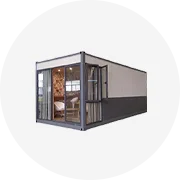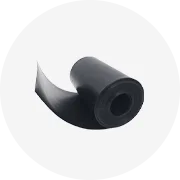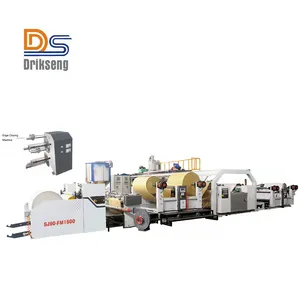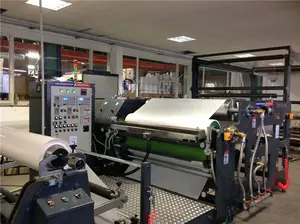Các danh mục hàng đầu

Bất động sản

Mặt bàn, Mặt bàn trang điểm & Mặt quầy

Kính xây dựng

Khảm

Vật liệu xây dựng kim loại

Vật liệu đa năng

Thang & Giàn giáo

Phào chỉ

Miếng bảo vệ góc

Phim trang trí

Khuôn đúc bê tông

Xây dựng & Bất động sản khác

Vật liệu cách âm

Gỗ

Vật liệu chống thấm

Ván xây dựng
About products and suppliers
Bạn đang có kế hoạch sửa sang lại đồ trang trí nội thất của ngôi nhà hoặc văn phòng của bạn? máy cán hpl có tại Alibaba.com có thể làm rất tốt khi xác định lại hình thức thẩm mỹ cho đồ nội thất của bạn. Những cái này. máy cán hpl được thiết kế đẹp mắt và đủ bền để tồn tại trong nhiều năm mà không làm mất đi phong cách của chúng. Các. máy cán hpl là những bề mặt có tính trang trí cao và có giá cả phù hợp với túi tiền nhất.
Các. máy cán hpl được làm bằng vật liệu chắc chắn và trải qua quá trình xử lý và nén ở áp suất cao để làm cho chúng đủ cứng cáp để chống lại bất kỳ tác động xấu nào. Bạn có thể sử dụng chúng làm ván bề mặt cho bất kỳ đồ nội thất cụ thể nào hoặc các vật dụng khác để nâng cấp vẻ đẹp cho chúng. Được tạo ra bởi các nhà sản xuất phụ kiện nội thất uy tín và lâu đời. Các. máy cán hpl nổi bật về chất lượng và độ bền. Các. máy cán hpl có nhiều ứng dụng và có thể được sử dụng trên nhiều loại bề mặt.
máy cán hpl được sử dụng rộng rãi trong gia đình, khách sạn, căn hộ, văn phòng và trường học để mang lại phong cách nổi bật và sức hấp dẫn thẩm mỹ. Những cái này. máy cán hpl có các đặc điểm riêng biệt như chống phơi sáng, chống tia cực tím, chống mưa hoặc chống thấm nước và được thiết kế riêng để đảm bảo hiệu suất lâu dài. Bạn có thể tìm thấy rất nhiều. Các thiết kế của máy cán hpl tại Alibaba.com phù hợp với nhu cầu của bạn nhất, trong đó có thể chống lại sự hư hại do nhiệt một cách hiệu quả.
Alibaba.com mang đến cho bạn sự tự do để mua rất nhiều. máy cán hpl tùy thuộc vào yêu cầu dự án và ngân sách riêng của bạn. Xem ra và nhận các giao dịch tuyệt vời cho các sản phẩm này. Hãy thử so sánh máy cán hpl để tìm các sản phẩm cao cấp được kiểm tra cẩn thận và kiểm tra chéo để xác nhận khả năng sử dụng, độ tin cậy và tính bền vững của chúng.
Các. máy cán hpl được làm bằng vật liệu chắc chắn và trải qua quá trình xử lý và nén ở áp suất cao để làm cho chúng đủ cứng cáp để chống lại bất kỳ tác động xấu nào. Bạn có thể sử dụng chúng làm ván bề mặt cho bất kỳ đồ nội thất cụ thể nào hoặc các vật dụng khác để nâng cấp vẻ đẹp cho chúng. Được tạo ra bởi các nhà sản xuất phụ kiện nội thất uy tín và lâu đời. Các. máy cán hpl nổi bật về chất lượng và độ bền. Các. máy cán hpl có nhiều ứng dụng và có thể được sử dụng trên nhiều loại bề mặt.
Alibaba.com mang đến cho bạn sự tự do để mua rất nhiều. máy cán hpl tùy thuộc vào yêu cầu dự án và ngân sách riêng của bạn. Xem ra và nhận các giao dịch tuyệt vời cho các sản phẩm này. Hãy thử so sánh máy cán hpl để tìm các sản phẩm cao cấp được kiểm tra cẩn thận và kiểm tra chéo để xác nhận khả năng sử dụng, độ tin cậy và tính bền vững của chúng.
























 浙公网安备 33010002000092号
浙公网安备 33010002000092号 浙B2-20120091-4
浙B2-20120091-4